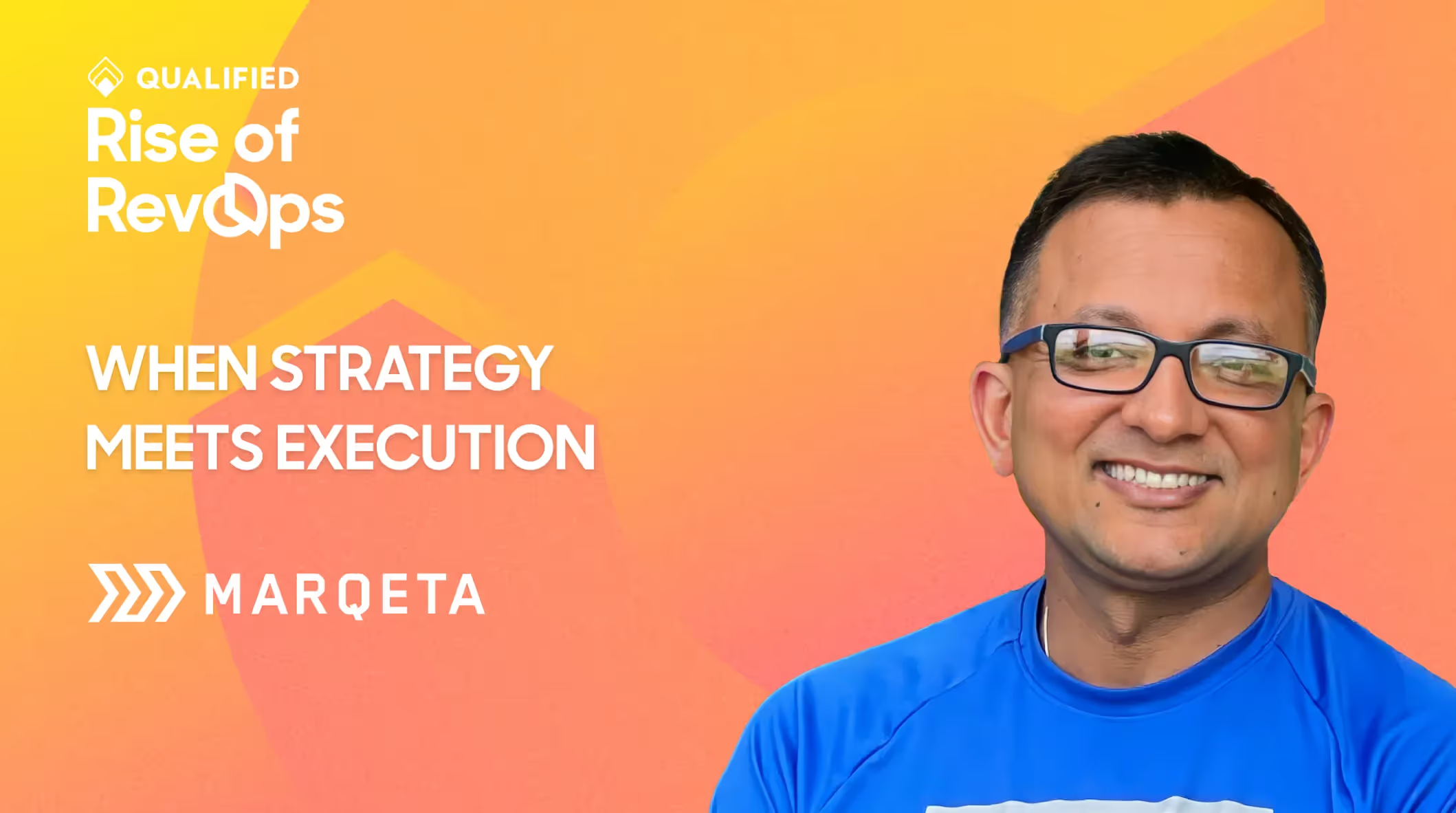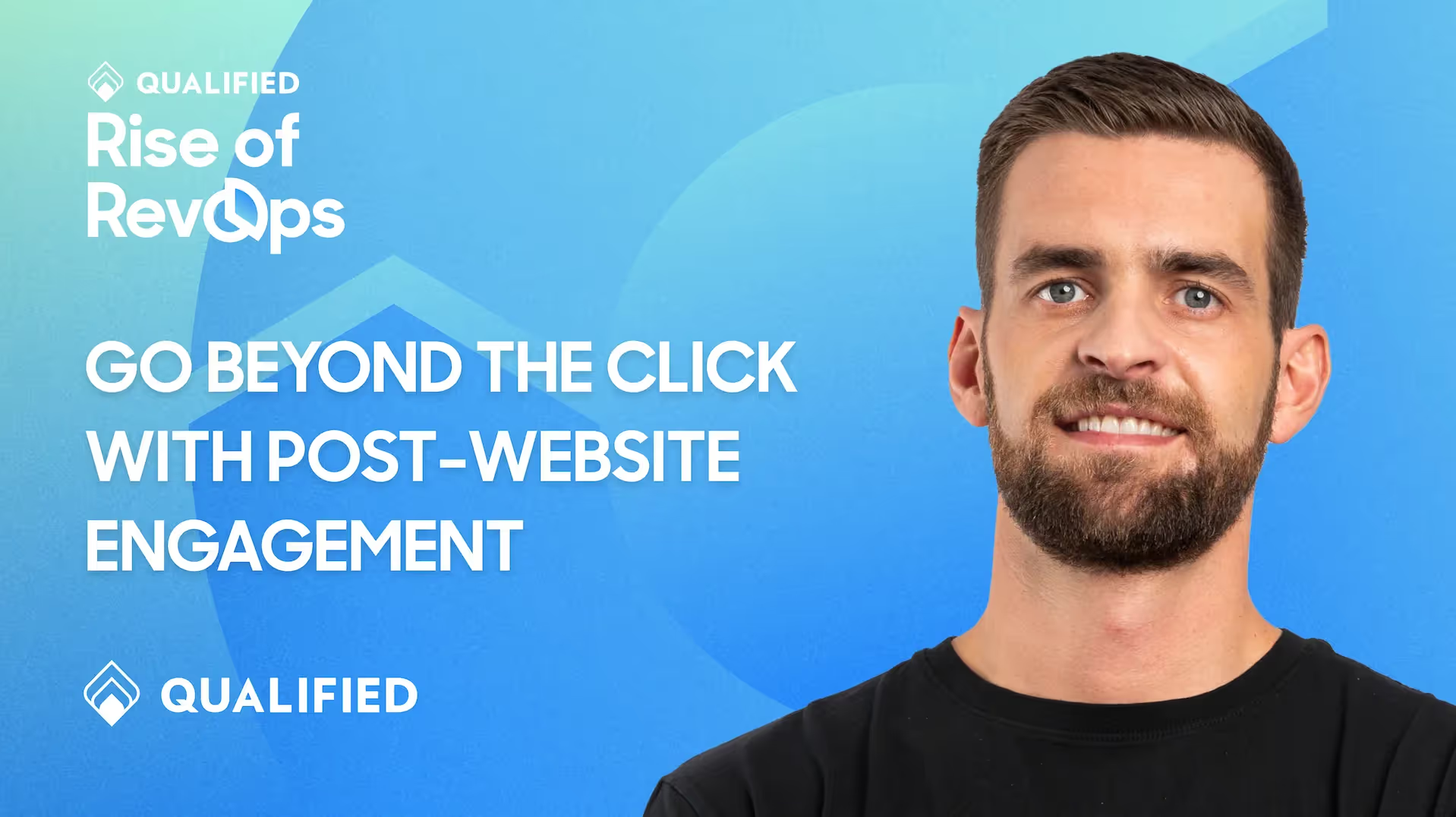When Strategy Meets Execution with Mahesh Kedia, Vice President GTM Operations and Revenue Strategy Marketer
On this episode Mahesh discusses using rev ops to find your target audience, the biggest misconception about rev ops, and what happens when you combine strategy and execution.


















.svg)


